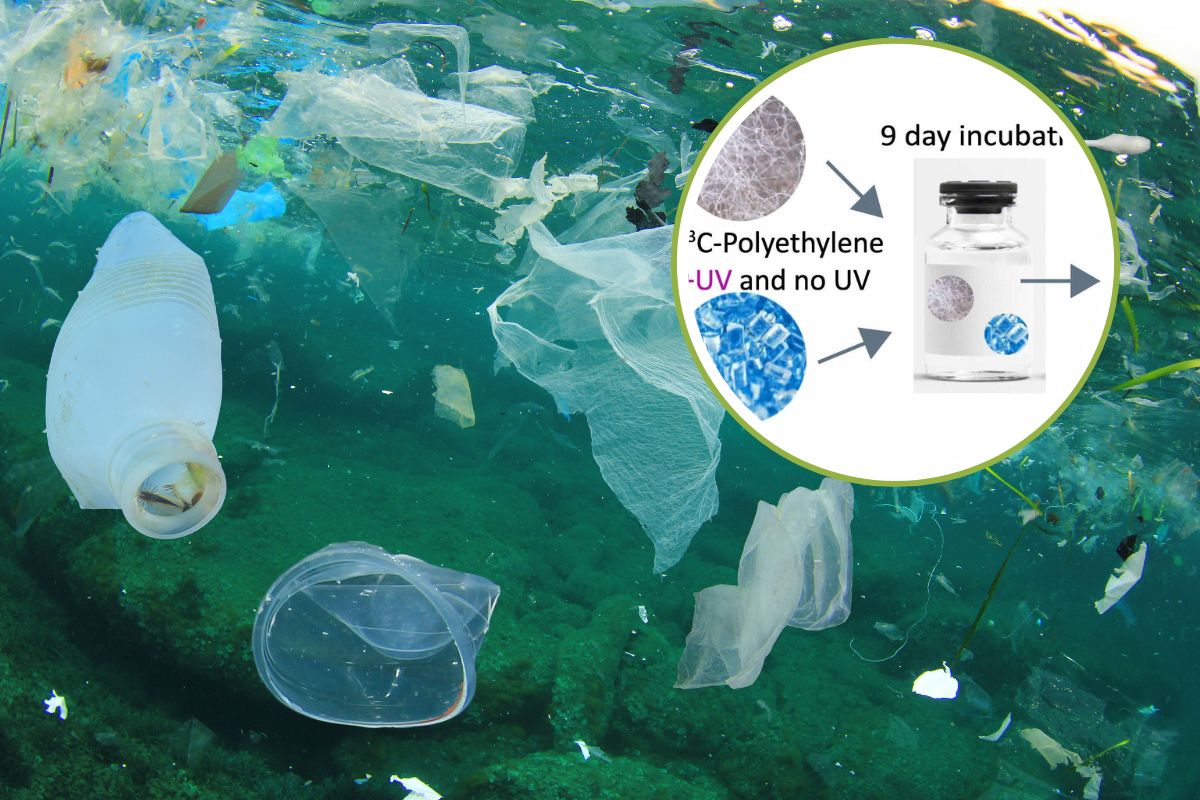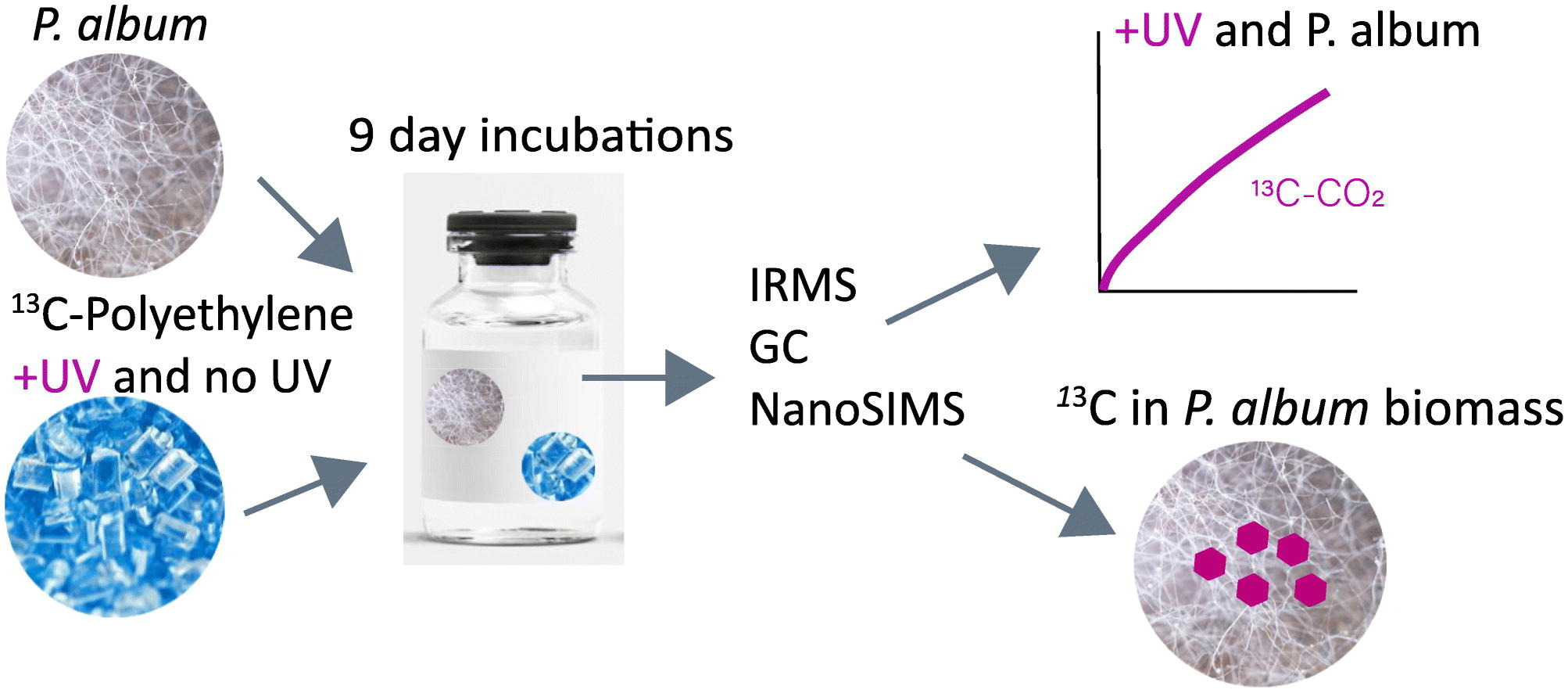The fungus Parengyodontium album is capable of devouring suspended plastic waste in the Great Pacific Garbage Patch, particularly breaking down carbon-based polyethylene exposed to UV rays

An international team of marine scientists has discovered a fungus that consumes plastic waste in the Great Pacific Garbage Patch, according to a new study published in the journal “Science of the Total Environment.” The fungus, named Parengyodontium album, was found among thin layers of other microbes living in and around the floating plastic debris in the North Pacific.
A unique fungus
According to the study, Parengyodontium album is the fourth known marine fungus capable of consuming and breaking down plastic waste. The researchers found that P. album could specifically degrade UV-exposed carbon-based polyethylene, the most common type of plastic used in consumer products like water bottles and shopping bags, and the most pervasive form of plastic waste polluting Earth’s oceans.
UV light and fungal activity
Annika Vaksmaa, a marine biologist and biogeochemist at the Royal Netherlands Institute for Sea Research (NIOZ), explained in a statement that it was already known that UV light mechanically breaks down plastic on its own. However, their findings show that UV exposure also facilitates the biological decomposition of plastic by marine fungi.
Decomposition rate
The study revealed that P. album breaks down a piece of UV-treated plastic at a rate of approximately 0.05% per day. Although this discovery is promising, it does not mean we can start using single-use plastics without concern. Our oceans are inundated with destructive plastic pollutants, and avoiding plastic use as much as possible remains our best bet to prevent harmful trash from clogging Earth’s vital, albeit fragile, oceans and harming animals and the environment.
Challenges of plastic removal
Mitigating and removing the plastic already clogging Earth’s waterways remains a significant goal. Unfortunately, this task is not as simple as collecting it en masse from the ocean. Large-scale plastic trawling with nets can disturb marine life, and efforts to do so are costly and often inefficient.
A promising breakthrough
In the fight to find ways to reduce ocean plastic, the discovery of a new fungus capable of accelerating the plastic degradation process is an exciting breakthrough. However, it is not a cure-all. According to the research, lab-cultivated P. album breaks down a specific piece of UV-treated plastic at a rate of about 0.05% per day over nine days. It would take a very long time for the fungi to work through the entire Great Pacific Garbage Patch, not to mention the millions of tons of plastic that enter the ocean every year.

@sciencedirect
Future prospects
Despite this, the discovery of P. album is encouraging. According to the researchers, it suggests that there may be more plastic-eating organisms out there. Marine fungi can break down complex carbon-based materials, and it is likely that, in addition to the four species identified so far, other species also contribute to plastic degradation.
